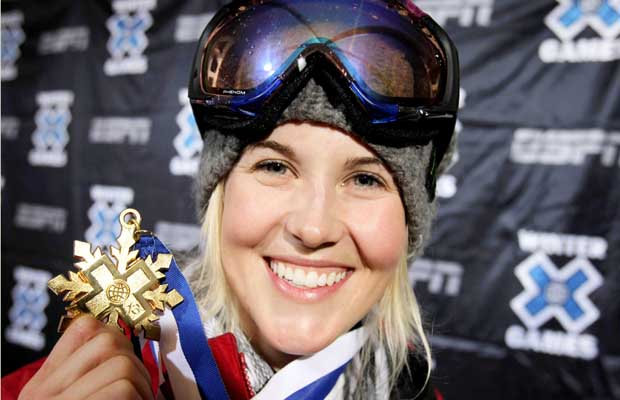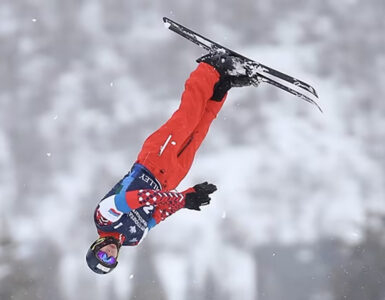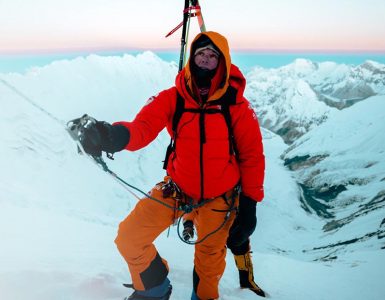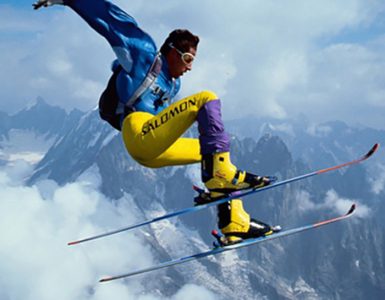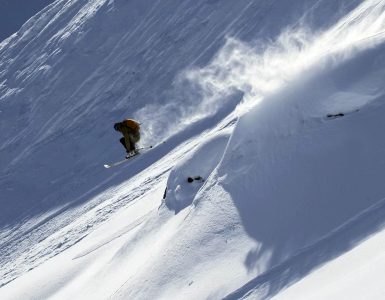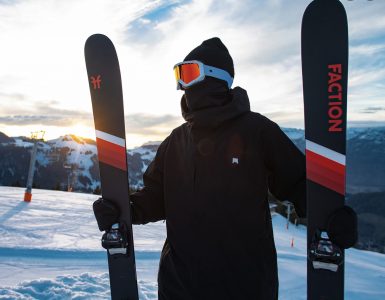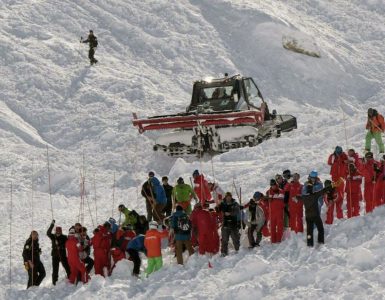The fact that Michael Schumacher was wearing a helmet when he sustained a life-threatening head injury while skiing in France on Sunday probably did not come as a surprise to experts who have charted the increasing presence of helmets on slopes and halfpipes in recent years. The fact that the helmet did not prevent Schumacher’s injury probably did not surprise them, either.
Schumacher, the most successful Formula One driver in history, sustained a traumatic brain injury when he fell and hit his head on a rock while navigating an off-piste, or ungroomed, area at a resort in Méribel, France. Although he was wearing a helmet, he sustained injuries that have left him fighting for his life in a hospital in Grenoble, France.
Schumacher’s injury also focused attention on an unsettling trend. Although skiers and snowboarders are wearing helmets more than ever — 70 percent of all participants, nearly triple the number from 2003 — there has been no reduction in the number of snow-sports-related fatalities or brain injuries in the country, according to the National Ski Areas Association.
Experts ascribe that seemingly implausible correlation to the inability of helmets to prevent serious head injuries like Schumacher’s and to the fact that more skiers and snowboarders are engaging in risky behaviors: skiing faster, jumping higher and going out of bounds.
“The equipment we have now allows us to do things we really couldn’t do before, and people’s pushing limits has sort of surpassed people’s ability to control themselves,” said Chris Davenport, a professional big-mountain skier.
Dave Byrd, the ski association’s director of risk management, attributed the surge in helmet use to grass-roots efforts by resorts, helmet manufacturers and medical professionals to encourage their use. He also cited growing public awareness about brain injuries, a result of persistent news media attention on the issue in sports, particularly in the N.F.L., and several high-profile skiing deaths, like those of Sonny Bono and Natasha Richardson. New Jersey is the only state that mandates helmet use, requiring it for children 17 and under.
The increase in helmet use has had positive results. Experts say helmets have reduced the numbers of less serious head injuries, like scalp lacerations, by 30 percent to 50 percent, and Schumacher’s doctors say he would not have survived his fall had he not worn a helmet. But growing evidence indicates that helmets do not prevent some more serious injuries, like the tearing of delicate brain tissue, said Jasper Shealy, a professor emeritus at Rochester Institute of Technology.
Shealy, who has been studying snow-sports-related injuries at Sugarbush resort in Vermont for more than 30 years, said that could be because those injuries typically involve a rotational component that today’s helmets cannot mitigate. He said his research had not found any decline in what he called P.S.H.I.’s, for potentially serious head injuries, a classification that includes concussion, skull fracture, closed head injury, traumatic brain injury and death by head injury.
In fact, some studies indicate that the number of snow-sports-related head injuries has increased. A 2012 study at the Western Michigan University School of Medicine on head injuries among skiers and snowboarders in the United States found that the number of head injuries increased 60 percent in a seven-year period, from 9,308 in 2004 to 14,947 in 2010, even as helmet use increased by an almost identical percentage over the same period. A March 2013 study by the University of Washington concluded that the number of snow-sports-related head injuries among youths and adolescents increased 250 percent from 1996 to 2010.
Experts agree that the roots of the trend are complicated and could be related to increased awareness about brain injuries and reporting of them. But they also agreed on one element underpinning the trend: an increase in risk-taking behaviors that they said the snow-sports industry had embraced. In recent years, many resorts have built bigger features in their terrain parks and improved access to more extreme terrain. At the same time, advances in equipment have made it easier to ski faster, perform tricks and venture out of bounds.
“There’s a push toward faster, higher, pushing the limits being the norm, not the exception,” said Nina Winans, a sports medicine physician at Tahoe Forest MultiSpecialty Clinics in Truckee, Calif. “So, all of those factors — terrain parks, jumping cliffs and opening terrain that maybe wasn’t open in the past — play into some of these statistics with injuries.”
The population most susceptible to that culture is the one that is dying, statistics show. Seventy percent of snow-sports fatalities involve men in their late teens to late 30s, according to the ski area association. That is the same population that most often engages in high-risk behaviors like driving fast. Head injuries remain the leading cause of deaths in skiing and snowboarding, Shealy said, with about 30 in the United States each year.
“The helmet does a very good job at protecting against skull lacerations and skull fractures, but it doesn’t seem to have much effect on concussions or T.B.I.’s,” Shealy said, referring to traumatic brain injuries. “Our guess is that this is due to the fact that those injuries are occurring at such a high magnitude of energy that they overwhelm what a helmet can do for you.”
That could be what happened to Schumacher and to Sarah Burke, a four-time X Games superpipe gold medalist who was fatally injured two years ago while skiing in Park City, Utah.
Burke was practicing a routine trick in a 22-foot-tall halfpipe in January 2012 when she fell and hit her head on the packed snow. Although she was wearing a helmet, she ruptured her vertebral artery, which caused extensive bleeding in her brain. That led to cardiac arrest, which deprived her brain of oxygen. She died nine days later.
Some manufacturers are trying to make helmets safer by introducing technologies that better mitigate some of the forces that cause brain injuries. One such technology, the Multidirectional Impact Protection System, is designed to absorb the rotational forces that produce serious brain injuries. But some medical professionals say that wearing a helmet could give skiers and snowboarders a false sense of security.
“There’s no 100 percent prevention of brain injury,” said Alan Weintraub, the medical director of the brain injury program at Craig Hospital in Englewood, Colo. “Because the more the head and brain are protected, the more risks people take, the more velocities happen with those risks and the more velocities are transmitted to the skull and brain.”
The bigger issue, some experts said, is addressing a snow-sports culture that celebrates risk. Last January, the film director Lucy Walker released “The Crash Reel,” which documents the snowboarder Kevin Pearce’s comeback from the brain injury he sustained in 2009. By exploring extreme snow sports, Walker said, she hoped to increase awareness of traumatic brain injuries, encourage helmet use and safer practices among professional and recreational athletes, and challenge the snow-sports industry to re-evaluate its role and responsibility in propagating risk-taking.
“There’s this energy drink culture now, a high-level, high-risk culture, that’s being marketed and impacting the way people ski,” said Robb Gaffney, a sports psychiatrist. “That’s what people see, and that’s what people think skiing is, but really, that’s the highest level of skiers doing the highest level of tricks.”
Source: NY Times


